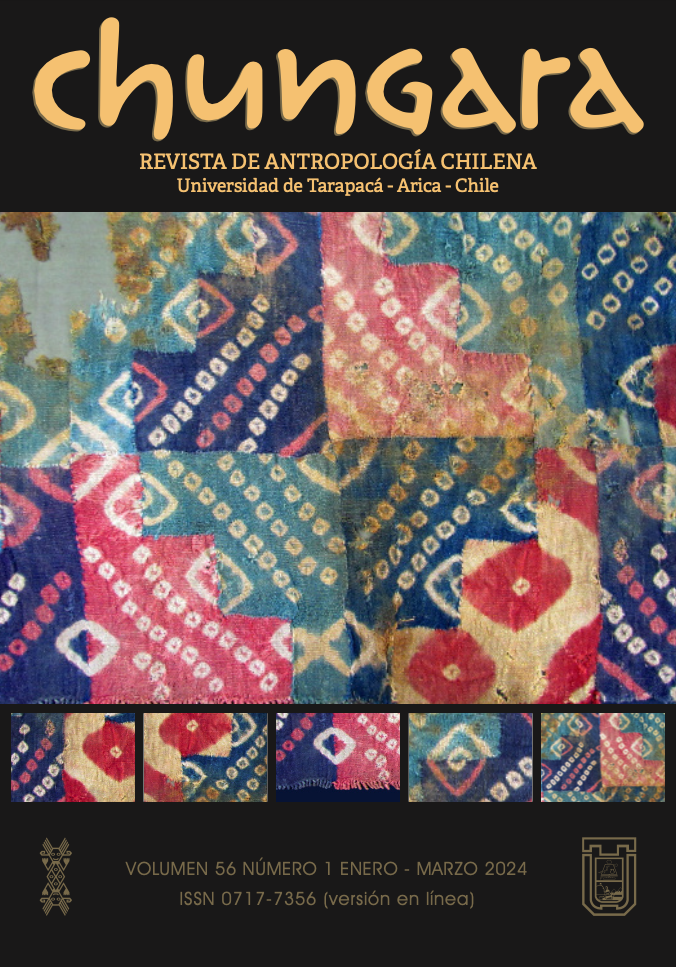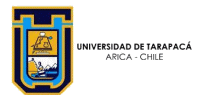SACRED VALUES OF ARCHAEOLOGICAL HERITAGE: DISCONTINUITIES AND REAPPROPRIATIONS OF THE MÚULO’OB IN QUINTANA ROO
LOS VALORES SAGRADOS DEL PATRIMONIO ARQUEOLÓGICO: DISCONTINUIDADES Y REAPROPIACIONES EN TORNO A LOS MÚULO’OB EN QUINTANA ROO
Mathieu Picas
In Mexico, spiritual colonization and the conversion of pre-Hispanic sites into symbols of national identity has historically distanced indigenous peoples from their archaeological heritage. However, information from early twentieth century sources indicates that Maya communities used to bestow certain sites with religious and social meanings. These observations have been gradually disappearing from the literature as a result of the institutionalization of archaeology and development of tourism, especially in the region of the modern-day state of Quintana Roo. The aim of this paper is to analyze perceptions and uses around certain pre-Hispanic remains in this state and to examine their possible sacred value today. The opening hypothesis of this work is that certain archaeological mounds, known locally as múulo’ob, occupy an important place in contemporary Maya ritual life. The analysis will focus on two contexts that allow us to understand the sacred dimensions of certain sites in the region. The first includes remains that are involved in different aspects of rituality and memory in Báalche’, a locality in the municipality of Felipe Carrillo Puerto. The second is Kantunilkín, where a particular structure has, in recent years, become a local heritage site.
Tags: Territory, indigenous peoples, cultural heritage, sacred sites, multivocality







